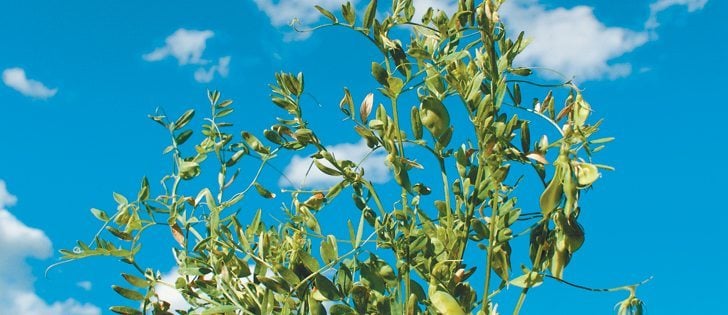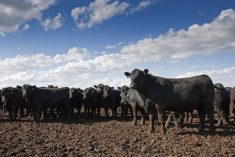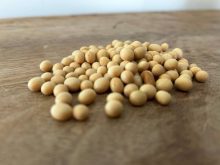BEIJING, July 26 (Reuters) – China’s state planner has discussed ways of reducing soymeal levels in animal feed with top feed makers, sources briefed on the matter said on Thursday, as Beijing tries to help its farmers cope with a protracted trade war with Washington.
The National Development and Reform Commission (NDRC) called the companies to a meeting in the Chinese capital on Wednesday, the two sources said. The discussions also looked at how to secure alternative protein-rich ingredients, they added.
Representatives of New Hope Group, Beijing Dabeinong Technology Group Co Ltd, CP Group and Hefeng Group attended the meeting, one of the sources said.
Read Also

Nutrien tops profit estimates, launches review of phosphate business
Nutrien beat analysts’ expectations for third-quarter profit on Wednesday, and said it would initiate a review of strategic alternatives for its phosphate business.
A second source said the government was drafting new industry guidelines for animal feed and may cut recommended protein levels.
The proposal may be released in August, he said.
This illustrates the government’s growing concern that the threat hefty import tariffs pose to U.S. soybean supplies will limit availability of an important source of protein in livestock feeds and so drive up meal prices.
When it comes to encouraging farmers to cut soymeal and use alternative ingredients in animal feed price levels will be the key.
“When prices of soymeal go up, feed producers will automatically adjust their ingredients. If prices keep being so low, it will be hard,” said the other source.
China’s soybean meal prices <SM-EXFRZH-STD> fell to around 3000 yuan ($442.63) per tonne after climbing to a high point in early April, as large arrivals of Brazilian beans and poor downstream demand have led to highest ever soybean and soymeal stocks.
The sources declined to be identified as they were not authorised to speak to the media.
The NDRC and CP Group did not respond to requests for comment. Calls to Dabeinong and Hefeng went unanswered and New Hope declined to comment.














